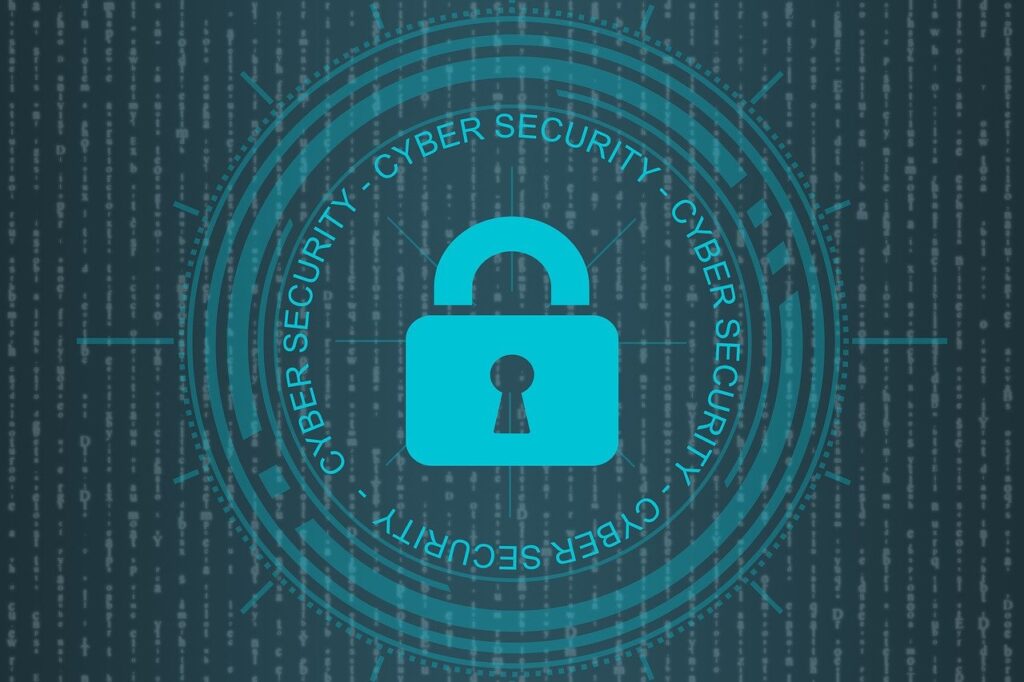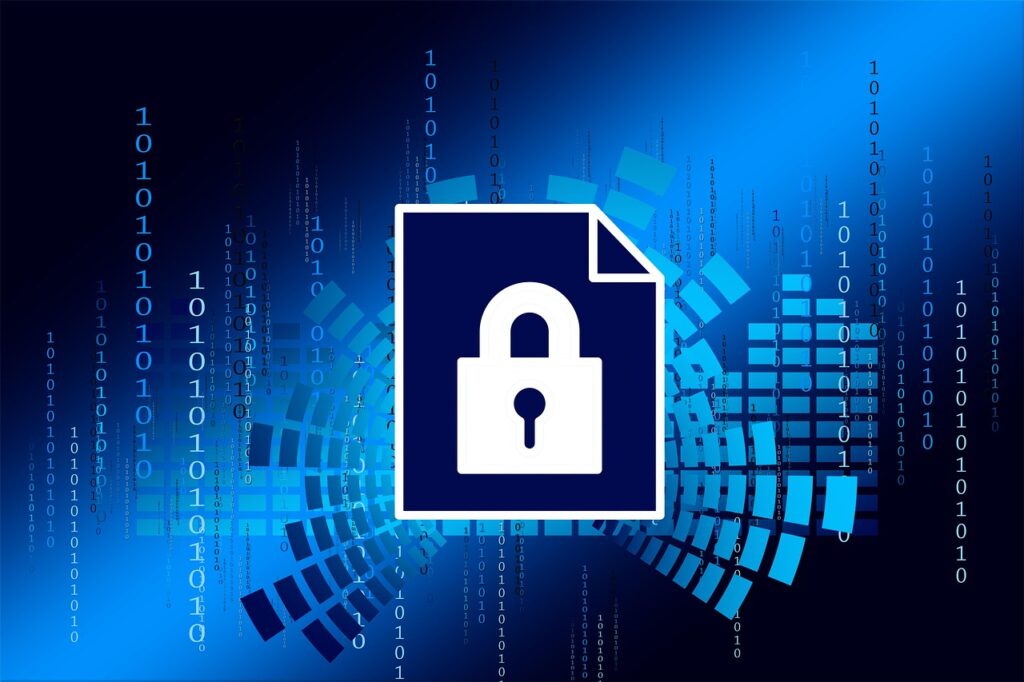Network security is a critical aspect of maintaining the integrity, confidentiality, and availability of information. Both hardware and software play pivotal roles in safeguarding networks against a wide array of security threats. Here’s an in-depth look at how these tools can be used to minimise network security risks, with specific examples of effective hardware and software solutions.
Hardware Solutions for Network Security
1. Intrusion Detection Systems (IDS) and Intrusion Prevention Systems (IPS)
Intrusion Detection Systems (IDS): These are devices or applications that monitor network traffic for suspicious activity and known threats, sending alerts when such activity is detected.
Intrusion Prevention Systems (IPS) are similar to IDS; IPS devices also monitor network traffic, but they go a step further by taking automatic actions to block or prevent detected threats from affecting the network. They minimise threats with real-time monitoring IDS and IPS that provide real-time monitoring of network traffic, which allows early detection of anomalies and threats.
IPS can automatically block malicious traffic, thereby preventing potential security breaches or damage to networks. An example is Cisco Firepower, which is a widely used IDS/IPS solution that provides comprehensive threat detection and prevention capabilities. It uses advanced analytics and machine learning to detect and block threats in real-time.
One of its advantages is early threat detection, which provides early warning of potential security breaches that automates threat mitigation and reduces the need for manual intervention by automatically blocking threats.
Its disadvantages are that false positives of IDS/IPS systems can sometimes generate false positives, leading to unnecessary alerts. It can be complex with configuration; setting up and tuning these systems can be complex and require specialised knowledge.
2. Network Encryption Devices
Network encryption devices are hardware tools designed to encrypt data as it travels across a network. This ensures that even if data is intercepted, it cannot be read without the proper decryption key. They minimise threats through data protection by encrypting data in transit; these devices protect sensitive information from eavesdropping and interception.
It helps organisations comply with data protection regulations by securing data communication channels. Some of its examples are that the device provides high-speed encryption for network traffic, ensuring secure data transmission over both LAN and WAN environments.

Its advantages are that it provides robust encryption to secure data against interception and eavesdropping and helps meet regulatory requirements for data protection. However, its disadvantages are that encrypted devices can be expensive to implement and maintain, and encrypting and decrypting data can introduce latency and affect network performance.
Software Solutions for Network Security
1. Security Patch Management Software
Security patch management software automates the process of applying patches and updates to software and systems, ensuring that vulnerabilities are promptly addressed. They minimise threats through vulnerability management that keeps systems up-to-date with the latest security patches, reducing the risk of exploitation by known vulnerabilities.
It automates and updates to ensure timely application of patches, minimising the window of exposure to threats. An example is Microsoft System Centre Configuration Manager (SCCM), a tool that provides comprehensive patch management capabilities, allowing for the automated deployment of security updates across a network. Its advantages are that it ensures that security patches are applied promptly, which reduces the risk of exploitation.

It allows for the centralised management of updates, making it easier to maintain security across large networks. Managed patches and updates can be resource-intensive and may require significant administrative effort. However, some patches may cause compatibility issues with existing software, requiring additional testing and validation.
2. Antivirus and Antimalware Software
Antivirus and antimalware software detect, prevent, and remove malicious software (malware) from computers and networks. These tools scan files and applications for known threats and suspicious behavior. They minimise threats by continuously scanning for and detecting known viruses, worms, trojans, and other types of malware.
They also provide tools to remove detected malware, minimising the impact of infections. An example is a well-known antivirus solution that offers comprehensive protection against a wide range of malware threats, including viruses, ransomware, and spyware.
Its advantages are its comprehensive protection,, which provides broad protection against various types of malware. Real-time scanning offers real-time scanning capabilities to detect and block threats as they arise. Its disadvantages are performance impact with continuous scanning, which can impact system performance, especially on older hardware. It can sometimes flag legitimate files or applications as malicious, leading to potential disruptions.
Comparison and Conclusion
Both hardware and software solutions play essential roles in minimising network security threats, each with its own set of advantages and challenges. For a robust security posture, organisations should implement a combination of these tools to ensure comprehensive protection.
Hardware solutions like IDS/IPS and encryption devices offer robust, real-time protection and data security, making them ideal for critical infrastructure and environments requiring high levels of security.
Software solutions such as security patch management and antivirus software provide essential capabilities for managing vulnerabilities and protecting against a wide range of malware threats.
A layered security approach that leverages both hardware and software defenses can significantly reduce the risk of network security threats, ensuring the integrity and safety of organisational data and resources.
Internet Source:
What is Hardware and Software Security? – Wheelhouse
IDS vs. IPS: Key Difference and Similarities (spiceworks.com)
18 Types of Network Security Solutions to Implement (enterprisenetworkingplanet.com)


Leave a Reply